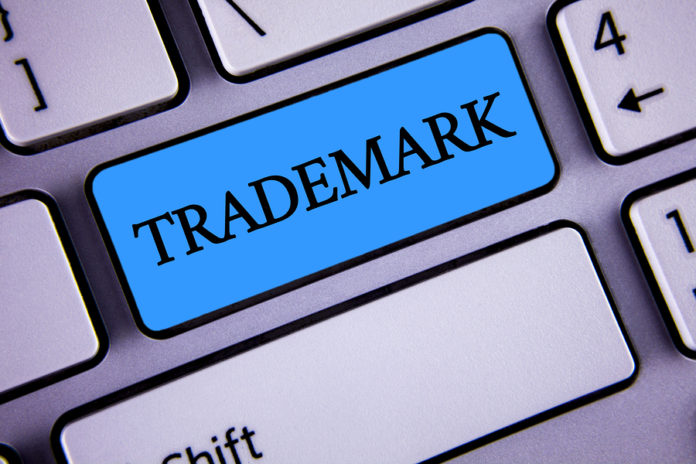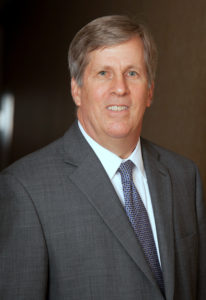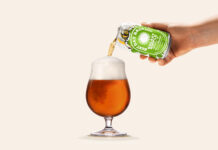
A little over two years ago, 3-A Sanitary Standards, Inc. (3-A SSI), the recognized standard developer and owner of the 3-A Symbol for hygienic equipment design, became aware that a group of companies from China were using the 3-A Symbol without authorization. Since then, the number of infringements has grown — as of August 2018, there were 18 known companies using the 3-A Symbol in a fraudulent manner.
This not only threatens the integrity of the 3-A Symbol, but it also puts food manufacturers at risk of purchasing equipment that doesn’t conform to hygienic design standards. We spoke with Tim Rugh, the executive director of 3-A SSI to learn more about the issue, what 3-A SSI is doing about it, and how processors and manufacturers can protect themselves.
Can you give us a short background about the problem and how you discovered it?
 TR: It came to our attention around the middle of 2016. Interestingly, we heard about it from several of our symbol licensees in China.
TR: It came to our attention around the middle of 2016. Interestingly, we heard about it from several of our symbol licensees in China.
We have license holders around the world — in 24 countries plus the United States. The license shows that the company’s equipment has been inspected at the production facility to verify that their equipment conforms to the 3-A Sanitary Standard for that equipment. The 3-A Symbol has been used and trusted in the marketplace since 1956. It’s widely recognized and widely relied upon to ensure equipment meets all of the critical criteria for food contact (i.e., accepted materials of construction, the equipment doesn’t harbor bacteria, it’s cleanable and inspectable, etc.).
About two years ago, we learned that a number of companies were infringing on the mark, including making false claims about 3-A certification and using the 3-A Symbol fraudulently. These scammers are very adept at false advertising. But, they’re counterfeiting products, they’re misrepresenting themselves, and they’re misusing this trademark.
The current tariff situation is making this problem worse by increasing incentives for the counterfeiters. There’s typically a differential between the authentic equipment and the counterfeit equipment, so the new tariffs are creating a more fertile opportunity for scammers by raising prices on the authentic equipment.
What actions have you taken to combat this problem?
When we first discovered the problem, we created a “Buyer Beware” section on our website, which lists the companies we know about that are making false or misleading claims.
We’ve also engaged a firm in China to register our mark in the China Trademark Office. Unfortunately, we’ve encountered a number of what we consider very unreasonable objections from the China Trademark Office, such as requesting that we hand over all of our copyrighted property to even be considered for a trademark. So, we haven’t reached a final determination from them yet.
We’ve also started a very aggressive campaign to gain the attention of our government officials, including the U.S. Trade Representative, the FDA, the Department of Commerce, and state authorities. We even sent a representative to the U.S. embassy in Beijing to make sure they’re aware of what’s going on.
In the next month, we’ll be announcing some additional actions to request that trade authorities in the United States are taking strong steps to address this problem.
How can food processors and manufacturers protect themselves by ensuring that the 3-A Symbol on the equipment they buy is valid?
The first thing they should do is go to our website and search the 3-A Symbol Holder Database, which is a registry of all companies that hold a valid, current license to use and display the 3-A Symbol. You can search the database by the name of the company or by the type of equipment and find out immediately if their license is valid.
It’s important to verify this information before you make a purchase. With all of the equipment available online today, it can sometimes be difficult to identify the original manufacturer. But, if you’re buying equipment for a food plant, you absolutely need to have that assurance. You can’t buy on hope or speculation. You need solid evidence that you’re buying from a trusted, verifiable source for equipment that has been verified to meet hygienic design requirements.
The other thing they can do is let us know if they become aware of an infringer. It’s a huge job to monitor the marketplace. If anyone becomes aware of someone using our mark or making a false claim about 3-A certification, we would appreciate getting that information so we can add it to our “Buyer Beware” page.
For more information, and to ensure your suppliers are 3-A certified, visit the 3-A SSI website.







